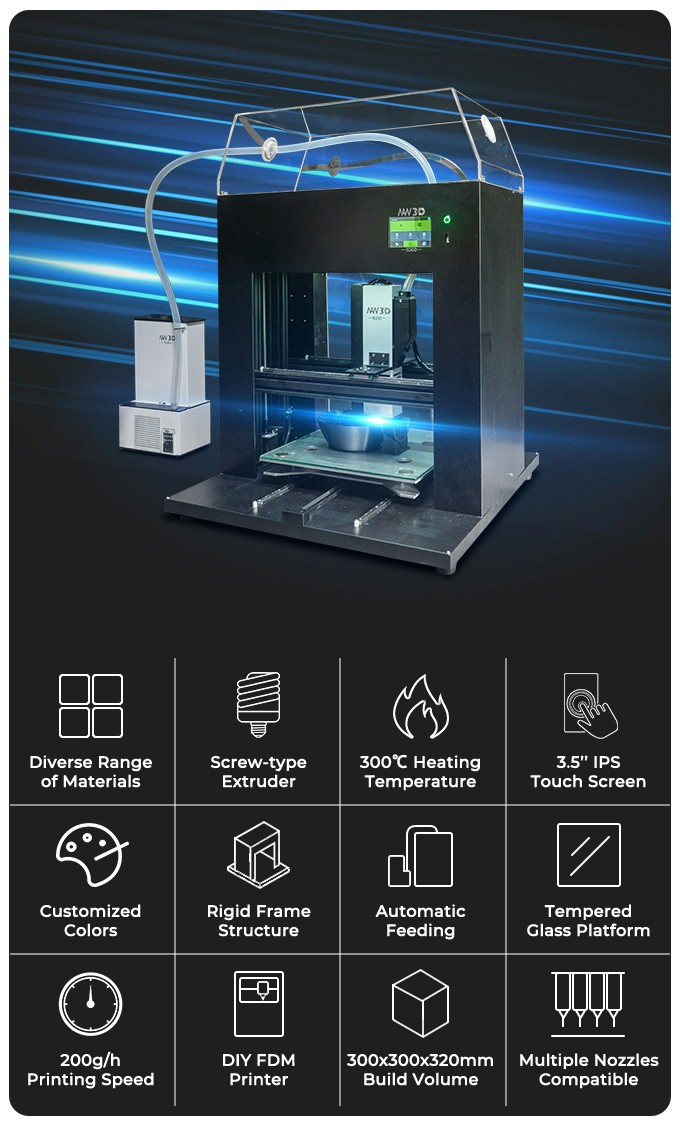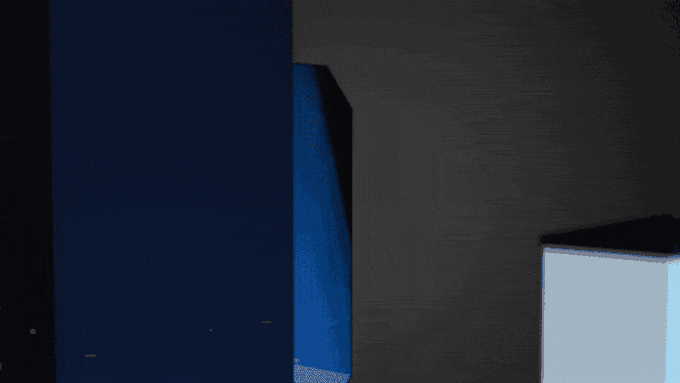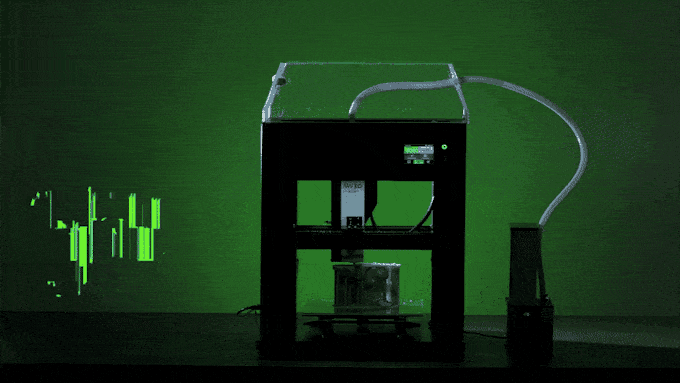Kickstarter has been the graveyard for several high-profile 3D printers. The crowdfunding platform has also introduced numerous subpar 3D printers, alongside some truly outstanding ones. It was on Kickstarter that Formlabs soared to remarkable heights. The platform also brought us the 3D printing pen. There was a period when a new 3D printing project on Kickstarter emerged every week, but both Kickstarter and additive manufacturing (AM) have become considerably less bustling recently. In 2014, things were simpler, as there were far fewer 3D printers available. Now, with the advent of Bambu Labs and sophisticated open-source 3D printers like Prusas, making a significant impact has become much more challenging. NAW 3D is currently attempting to enter the market with a pellet 3D printer on Kickstarter.
The N300 Pellet 3D Printer
NAW3D’s N300 Desktop Pellet 3D Printer boasts an automatic pellet feeding system, with a 100g capacity consumables box and a 2000cm³ material storage space for continuous printing. Additionally, all axes are equipped with linear guides. What’s more, each stage of the printer incorporates double guides. The printer’s nozzles are capable of reaching temperatures up to 300°C. The print head is designed to deposit substantial amounts of material, with printing tracks ranging from 0.2 to 2mm. This capability suggests that the printer can handle both fine details and rapid, large-scale printing tasks.
Users can choose between multiple extrusion heads, catering to both beginners and advanced users. The starter head is compatible with a variety of materials including ABS, TPU, TPV, PLA/CF, and ABS/GF. The advanced head, on the other hand, expands this range to include PETG, PC, and PP, offering more possibilities for experienced users. Users can mix color powder with a light-colored base material directly in the printer, enabling more creative and flexible dyeing options during the printing process.

The printer also features a touchscreen for user-friendly operation, a glass bed for improved print adhesion and quality, and a generous build volume of 300 x 300 x 300mm.
Past Pellet Printing
The N300 reminds me of when legendary RepRap community member Richard Horne introduced his universal pellet extruder in 2014. Many people at that time anticipated that pellet printing would become significantly more widespread. More than a decade later, one might have expected it to be more prevalent. Pellet printing offers a cost advantage over filament 3D printing; pellets are generally available for a third to a tenth of the price of filament. Additionally, pellet printers facilitate easier recycling of materials at home, enabling the production of 3D prints that are both more environmentally friendly and cost-effective.
While companies like Gigabot, Juggerbot, Weber, Arburg, and Titan Robotics have made pellet 3D printing accessible to industrial users, mainstream adoption has been limited. Even within the industrial sector, the less expensive and potentially faster pellet printers have not seen widespread adoption. This is partly because the parts produced often lack aesthetic appeal, and these printers are unable to create highly detailed and complex objects. However, for producing a million less intricate, ‘B side’ parts in an industrial setting, pellet material extrusion would be my top choice. Especially considering the growing environmental awareness among consumers, this method appears to be the most economical and environmentally friendly option.
Success with pellet printers on the desktop level has been even more scarce. However, the potential for substantially more sustainable printing at a minimal cost is a key advantage of pellet printers, which also tend to use less energy overall. This brings us to the question: Could the N300 alter this scenario? Currently, the team has successfully raised over $42,000, surpassing its goal of $4,000, with just 36 backers and 32 days remaining in its campaign. Therefore, it seems highly likely that the NAW printer will come to fruition.
The estimated cost of the printer is around $3,000, but it is currently available for a pre-order price of $2,000. Separately, feeders are priced at about $200, while extruders are around $600. This pricing is relatively high in a market filled with numerous quality printers. However, for those who print extensively, the investment in an N300 could be worthwhile over time. For individual consumers, the payoff requires a substantial amount of printing. On the other hand, for companies and print farms, this printer could offer a good return on investment.
The prospect of NAW successfully developing their pellet printer is indeed exciting. The idea of having such a printer at home, paired with a grinder, to transform plastic bottles into usable items is particularly appealing. Moreover, for those considering a material extrusion print farm, a 3D printer like NAW’s could be highly influential in improving profitability. Recent advancements in sensors and software have already marked significant progress in the 3D printing industry over the past few months. However, the development of a reliable and user-friendly pellet printing technology could further revolutionize the field—and much more sustainably. For more information or to support their project, you can check out the Naw3D website and the project’s Kickstarter page.
Subscribe to Our Email Newsletter
Stay up-to-date on all the latest news from the 3D printing industry and receive information and offers from third party vendors.
You May Also Like
Further Understanding of 3D Printing Design at ADDITIV Design World
ADDITIV is back once again! This time, the virtual platform for additive manufacturing will be holding the first-ever edition of ADDITIV Design World on May 23rd from 9:00 AM –...
3D Printer Maker EVO-tech Reborn as NEVO3D — Once More With Feeling
EVO-tech was a 3D printing service and original equipment manufacturer established in 2013 and based in Schörfling am Attersee, Austria. The company produced high-quality material extrusion systems featuring linear bearings,...
3D Systems Brings 3D Printed PEEK Cranial Implant to the U.S. with FDA Clearance
For more than 10 years, 3D Systems (NYSE:DDD) has worked hand-in-hand with surgeons to plan over 150,000 patient-specific cases, and develop more than two million instruments and implants from its...
CDFAM Returns to Berlin for Second Annual Symposium
The second CDFAM Computational Design Symposium is scheduled for May 7-8, 2024, in Berlin, and will convene leading experts in computational design across all scales. Building upon the first event...

































